(Image credit: FWD.nl)
Imagine a world where your screens are as thin as paper, with colors so vivid they seem to pop right out of the display. Welcome to the realm of OLED technology! Did you know that OLED screens can achieve a contrast ratio of 1,000,000:1, compared to just 1,000:1 for typical LED-LCD displays? That’s a million times more contrast! But is OLED all sunshine and rainbows? Let’s dive into the electrifying world of Organic Light-Emitting Diodes and uncover the pros and cons that might just change the way you look at screens forever.
Helpfull article:
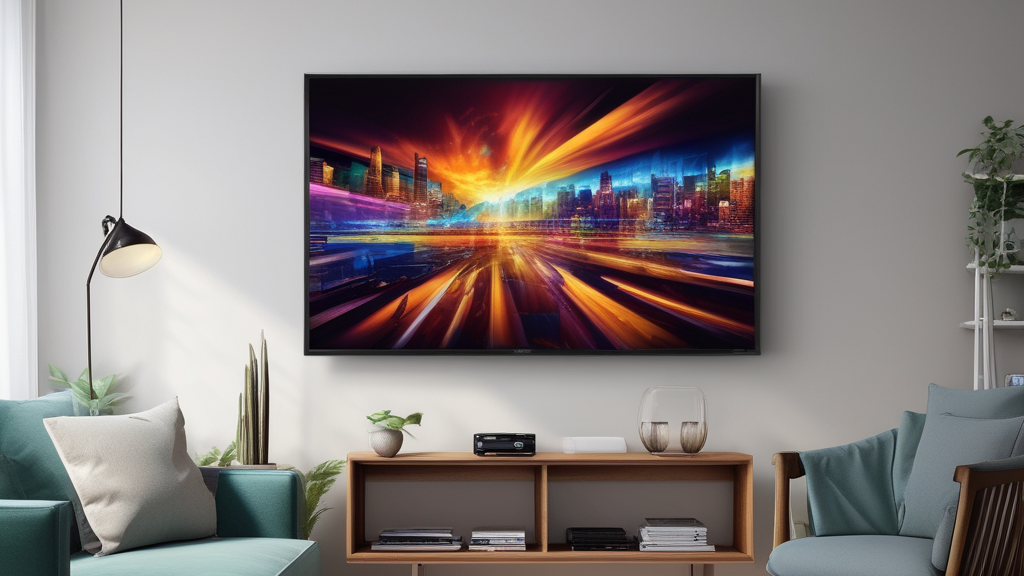
TV BUYING GUIDE: 5 ESSENTIAL TIPS FOR CHOOSING THE RIGHT TV | 4K, HDR, SCREEN SIZE
When buying a TV, consider screen size, 4K resolution, screen type, HDR, and price. Opt for a 65-inch 4K TV with HDR for immersive… Read more
Best latest article:
Table of Contents:
Quick Pro’s and Con’s list
| Pros | Cons |
|---|---|
| – Unrivaled Image Quality: Perfect blacks, vibrant colors, and high contrast for lifelike visuals. | Burn-In Risk: Persistent images can leave ghostly outlines over time. |
| – Sleek and Flexible Design: Thin and lightweight with potential for curved or foldable displays. | Shorter Lifespan: Blue pixels degrade faster, causing potential color shifts. |
| – Energy Efficiency: Uses less power by only lighting active pixels. | Expensive: Higher price tag compared to LED-LCD and other displays. |
| – Wide Viewing Angles: Maintains picture quality even from extreme angles. | Size Limitations: Difficult and costly to produce larger OLED panels. |
| – Lightning-Fast Response Times: Ideal for gaming and fast-moving content. | Blue Light Emission: Can cause eye strain with prolonged use. |
| – Innovative Tech: Transparent, foldable, and rollable designs are expanding OLED’s potential. |
What is OLED Technology?
OLED, or Organic Light-Emitting Diode, represents a major leap in display technology. Unlike traditional screens that use a backlight, OLED displays generate their own light through organic materials that emit light when an electric current is applied. This allows each pixel to produce its own light, resulting in vibrant colors and deep blacks. Because of this self-lighting feature, OLED screens can be incredibly thin and flexible, leading to innovative designs like curved and foldable displays. This technology has become widely used in a range of devices, including smartphones, high-end TVs, monitors, and wearables.
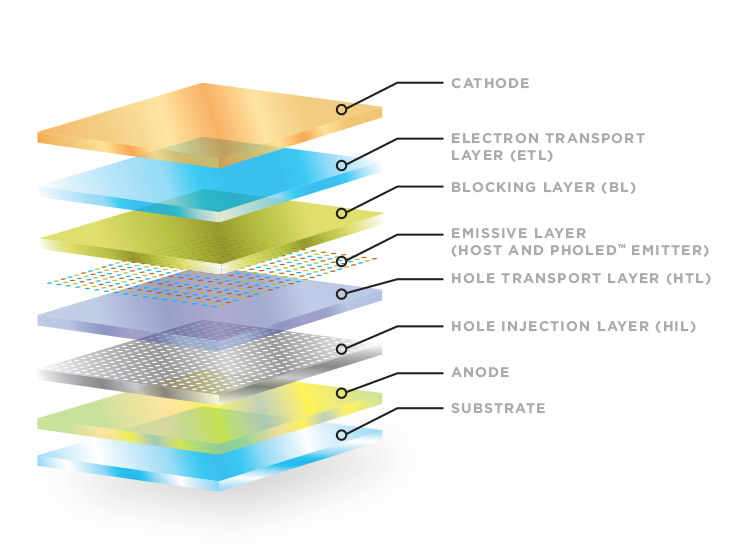
In contrast to OLED, LED and LCD technologies operate differently. LED screens are essentially a type of LCD that uses LEDs for backlighting. While LED screens offer some improvements over traditional LCDs in terms of brightness and energy efficiency, they still rely on a backlight to illuminate the display. This can limit the contrast and color richness of the image. OLED screens do not require a backlight because each pixel emits its own light, allowing for better contrast and more vibrant colors. LCD screens, which use liquid crystals and a backlight, generally result in less contrast and less vivid colors compared to OLED.
The evolution of OLED technology has been marked by several key milestones:
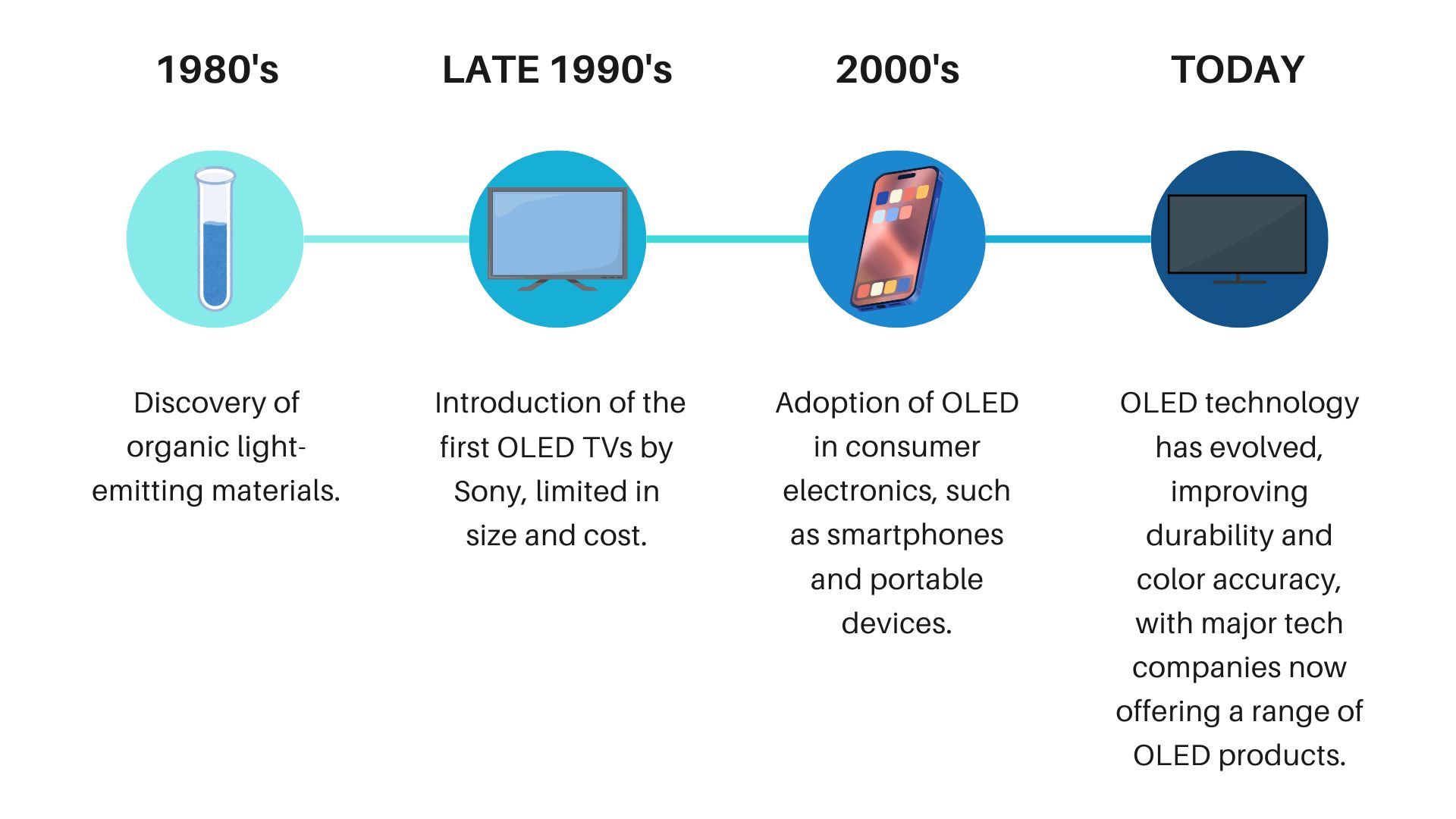
Overall, OLED technology has revolutionized the display industry, offering unmatched visual quality and flexibility. Its ability to produce rich colors and deep blacks, combined with its design versatility, makes it a standout choice in modern tech. As OLED continues to evolve, it promises even more exciting advancements in display technology.
The Dazzling Pros of OLED
OLED technology offers several standout features that set it apart from traditional display types. One of the most notable aspects is its unrivaled image quality. OLED screens provide exceptional color accuracy and contrast, thanks to each pixel emitting its own light. This results in vibrant colors, deep blacks, and incredible detail that make images appear lifelike and immersive. Whether you’re watching a movie, playing a game, or viewing photos, OLED’s superior picture quality delivers a truly stunning visual experience.
Another significant advantage of OLED displays is their sleek and flexible design. Unlike conventional screens that require bulky backlighting, OLED screens are incredibly thin because each pixel emits its own light. This allows for innovative design possibilities, such as curved or even foldable screens. The flexibility of OLED technology not only contributes to the sleek aesthetics of modern devices but also enables manufacturers to create unique and futuristic products.
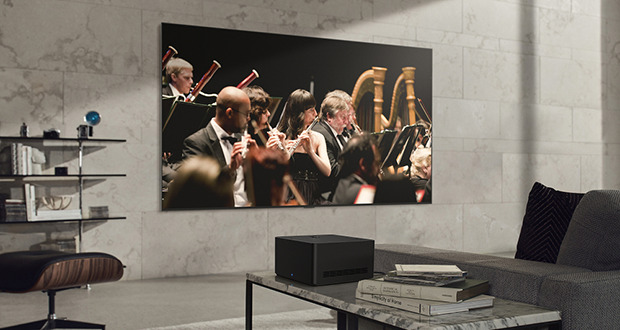
In addition to their impressive design, OLED screens are also known for their energy efficiency. Since OLED pixels emit light individually, they only use power for the parts of the screen that are lit. This means that darker images consume less power compared to traditional displays that use a constant backlight. This efficiency makes OLED displays a more eco-friendly option, reducing overall energy consumption and extending battery life in portable devices.
Speed is another area where OLED shines. OLED displays feature lightning-fast response times, which means they can refresh and react to changes on the screen almost instantaneously. This capability is particularly beneficial for fast-paced activities like gaming or watching action-packed videos, where quick response times ensure smooth and fluid visuals without any noticeable lag or motion blur.
Get all the latest post on through the eyes of a teenager straight in your inbox.
Subscribe to stay updated, it’s free!
Finally, OLED technology offers excellent viewing angles. Because each pixel generates its own light, OLED screens maintain consistent color and brightness levels even when viewed from extreme angles. This feature ensures that everyone in the room gets the best possible view, making OLED displays ideal for group watching or sharing presentations.
To summarize, OLED technology excels in:
- Unrivaled image quality
- Sleek and flexible design
- Energy efficiency
- Lightning-fast response times
- Excellent viewing angles
These attributes make OLED displays a standout choice, providing an exceptional visual experience and greater design possibilities for modern devices.
The Not-So-Bright Side: OLED Cons
OLED technology may be amazing, but it’s not without its downsides. One of the biggest issues is burn-in, also known as the persistent image problem. This happens when static images, like logos or menus, stay on the screen for too long, leaving a faint ghost-like image behind. Even though newer OLED screens have features to help prevent this, it’s still something you need to be aware of, especially if you’re using the display heavily for long periods.
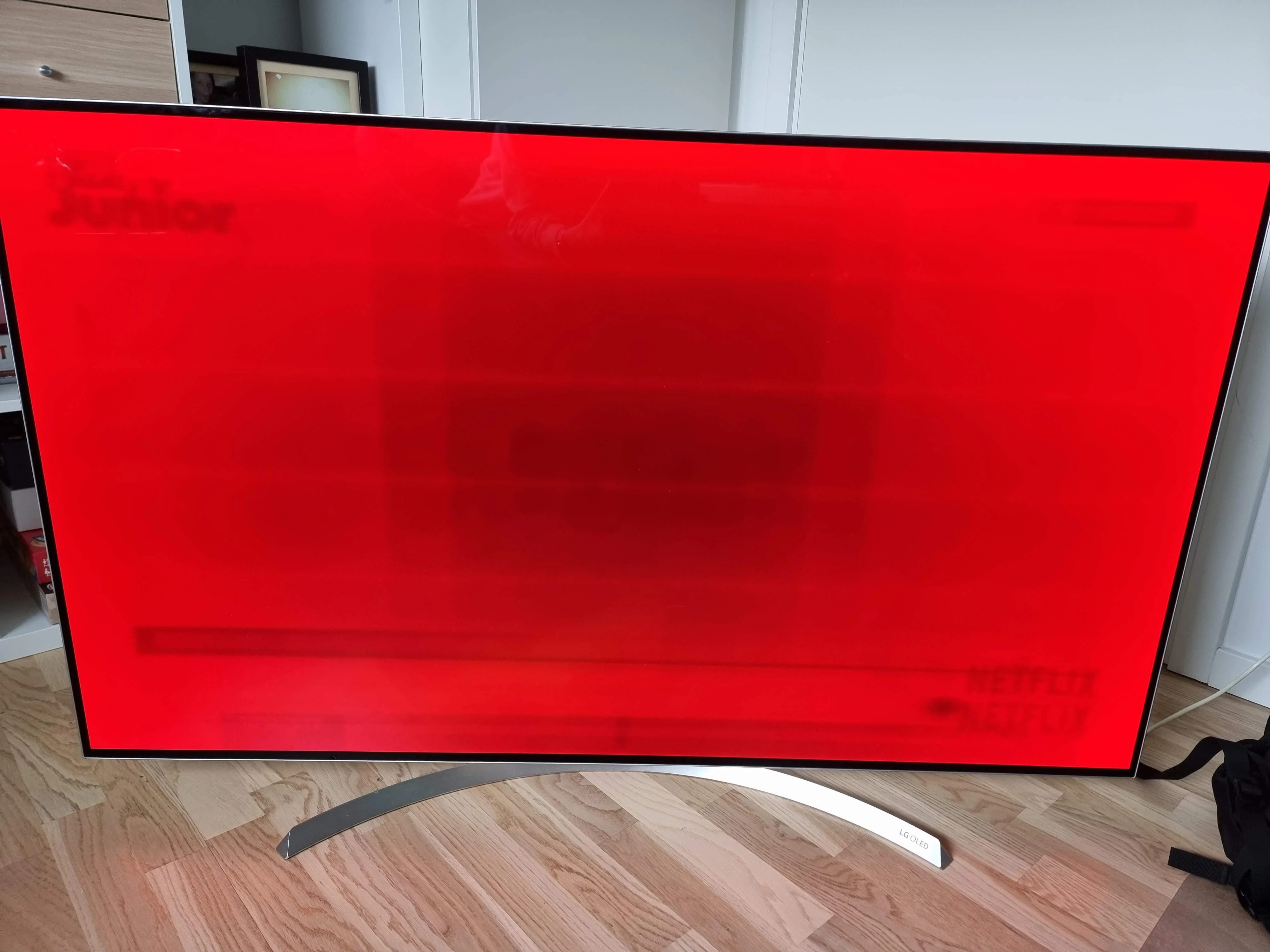
Another thing to consider is the lifespan of OLED displays. Unlike regular LED or LCD screens, OLED uses organic materials that naturally degrade over time. The blue pixels, in particular, tend to wear out faster than the red and green ones, which can lead to a shift in colors as the display ages. While manufacturers have improved this over the years, OLED screens still have a shorter life compared to other display types, which could be a problem if you plan on keeping your tech for a long time.
And then there’s the price. OLED screens are expensive. The technology behind them is cutting-edge, which means the cost of making them is higher than standard displays. If you’re shopping for a large OLED TV or monitor, get ready for some serious sticker shock. Although prices have been dropping slowly, OLED is still considered a premium product, so be prepared to pay extra for that top-tier experience.
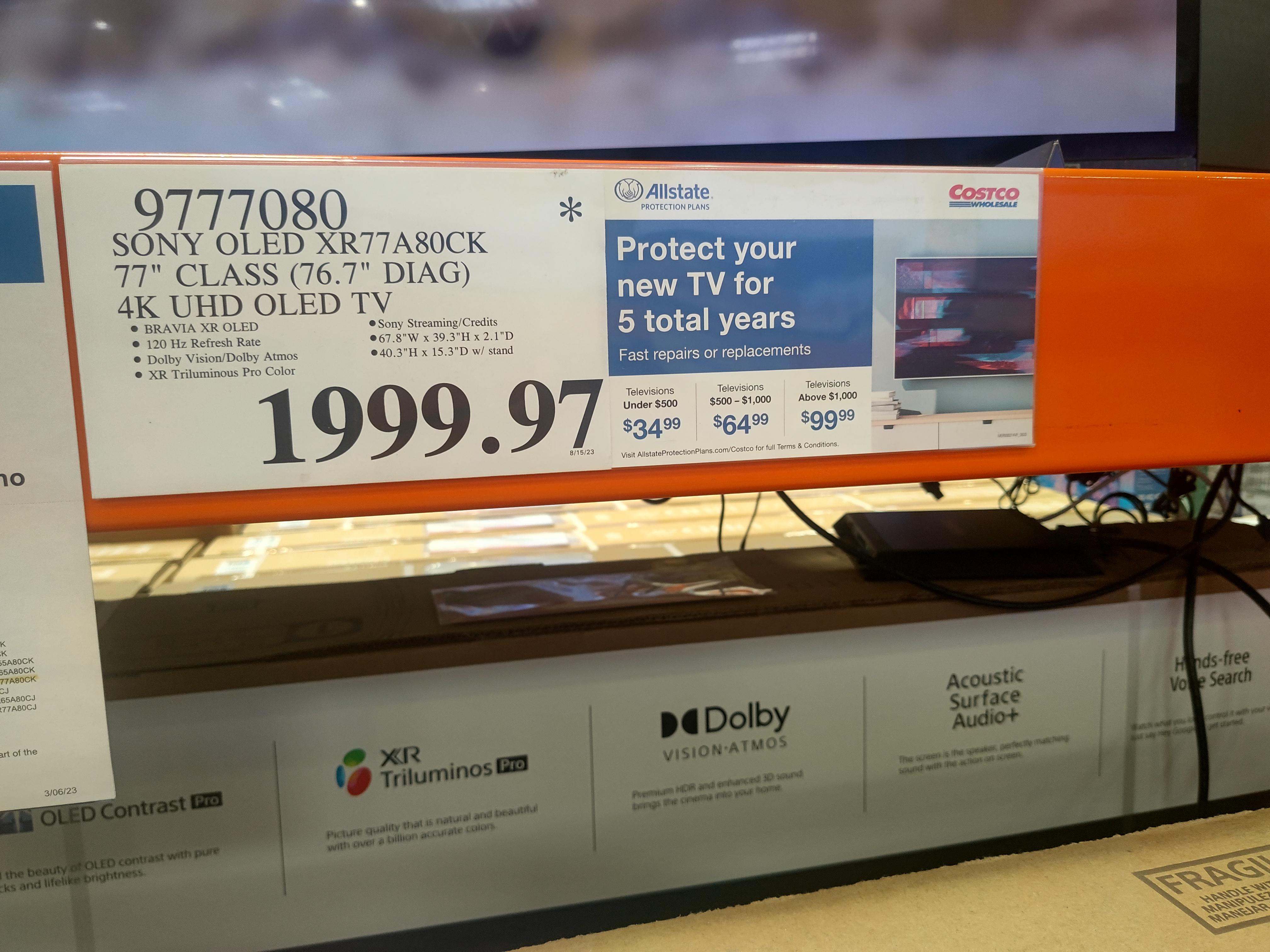
Size is also a bit of a limitation for OLED. Producing large OLED displays is tricky and expensive, which is why you mostly see them in smaller devices like smartphones, high-end TVs, and some monitors. Making huge OLED screens for commercial use is still a challenge. Although the technology is improving, OLED hasn’t hit the big leagues when it comes to larger formats just yet.
Finally, there’s the issue of blue light. While OLED gives you deep blacks and vibrant colors, it also emits a lot of blue light, which can lead to potential eye strain and even affect your sleep patterns. The blue pixels in OLED are particularly strong, and staring at your screen for too long can cause discomfort. Many devices have introduced blue light filters or night modes to help with this, but it’s still something to keep in mind if you’re spending long hours in front of your screen.
So, while OLED offers some incredible features, you should be aware of:
- The risk of burn-in
- A shorter lifespan compared to other displays
- The high price tag
- Limitations in large-scale production
- Blue light issues that could affect your eyes
These are all important things to think about if you’re considering diving into OLED tech.
OLED vs. Other Display Technologies
When comparing OLED vs. LED-LCD, the differences are pretty significant. OLED, or Organic Light-Emitting Diode, is known for its self-lighting pixels, which means each pixel lights up on its own without needing a backlight. This allows for perfect blacks and incredible contrast because the screen can completely turn off pixels in dark scenes. LED-LCD, on the other hand, uses a backlight that shines through a layer of liquid crystals to create the image. While LED-LCD screens are generally brighter, they can’t match the depth of blacks or the color accuracy that OLED delivers. So, if you’re after stunning visuals with deep contrast, OLED takes the win, but if you prefer a brighter display and a lower price, LED-LCD might be more your style.
Then there’s QLED, which is Samsung’s answer to OLED. QLED stands for Quantum Dot LED, and while it sounds similar to OLED, the technology is quite different. QLED still relies on an LED backlight like traditional LED-LCDs, but it adds a layer of quantum dots that enhances brightness and color accuracy. This means QLED can get even brighter than OLED, making it great for rooms with a lot of natural light. However, it still struggles with delivering the deep blacks that OLED does so effortlessly. QLED offers some improvements over regular LED-LCDs, but it doesn’t quite reach OLED’s level when it comes to pure picture quality, especially in darker settings.
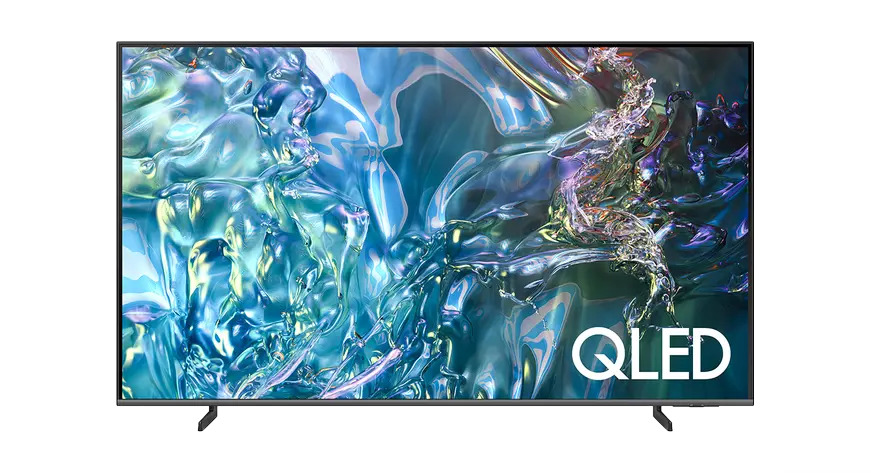
Looking forward, MicroLED might just be the next big thing. MicroLED combines the best of both worlds: like OLED, each pixel in a MicroLED screen lights up on its own, allowing for perfect blacks and stunning contrast. But, unlike OLED, it doesn’t use organic materials, so it avoids the issues of burn-in and shorter lifespan. MicroLED displays are also super bright, even more so than QLED, and they offer incredible durability. The downside? Right now, MicroLED is expensive and hard to produce, especially in smaller sizes. But as the technology develops, it could become a serious challenger to both OLED and QLED, offering the best of both worlds with none of the drawbacks.
So, here’s the breakdown:
- OLED: Best for perfect blacks, contrast, and color accuracy.
- QLED: Samsung’s bright, colorful alternative, but it still uses a backlight.
- MicroLED: The future of display tech, with no burn-in and amazing brightness, but it’s still in the early stages.
Each of these technologies has its strengths, but OLED currently leads the pack when it comes to overall picture quality.
The Future of OLED: What’s on the Horizon?
Transparent OLED is one of the most exciting innovations out there, and it really feels like a window into the future — literally. Transparent OLED displays allow you to see through the screen when it’s not in use, making them ideal for things like interactive storefront windows or futuristic advertising. Imagine walking past a window, and suddenly it becomes a digital display, showing off products or information, then disappearing back into a clear pane of glass. This tech opens up a whole world of creative possibilities, from augmented reality displays to sleek, space-saving designs for homes and offices. The ability to have a screen that you can see through when it’s off is a game-changer in design, and it feels like we’re just scratching the surface of what Transparent OLED can do.
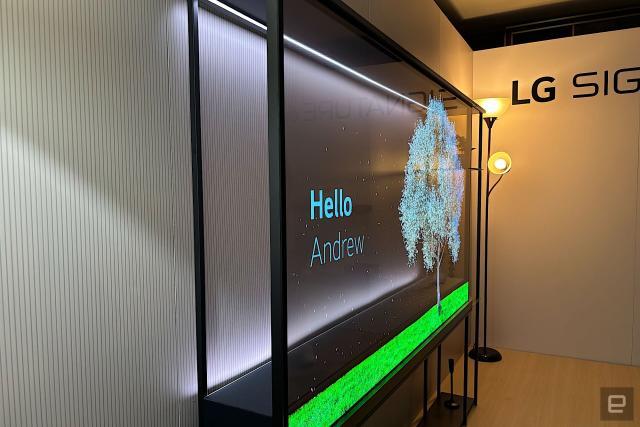
Next up is the world of foldable and rollable displays, where flexibility is truly unleashed. With OLED’s thin and bendable nature, we’re now seeing devices that can fold in half or roll up like a scroll. Think of foldable smartphones that give you a regular-sized phone when closed and a mini tablet when opened, or rollable TVs that can disappear into a piece of furniture when not in use. This flexibility allows for more portable and space-saving designs, and it’s only a matter of time before this technology becomes more mainstream. Foldable screens are already starting to appear in laptops, and it won’t be long before they’re integrated into everything from wearables to large-scale displays. The idea of rolling up your screen and carrying it with you like a sheet of paper? That’s the kind of futuristic tech we’ve been dreaming of.
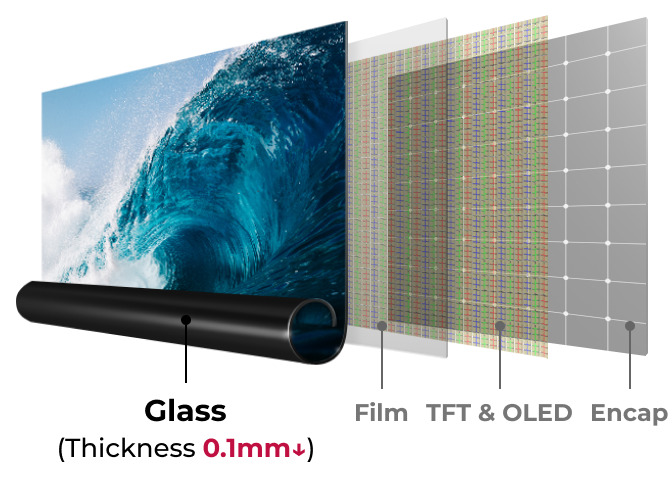
Finally, OLED in everyday life is becoming more and more common — it’s not just limited to high-end TVs or smartphones anymore. You can now find OLED technology in everything from smartwatches to car dashboards and even virtual reality headsets. Its versatility and ability to deliver crisp, vibrant visuals make it perfect for any application where screen quality matters. In the automotive industry, for example, OLED displays are popping up in control panels and rearview mirrors, giving drivers a better, clearer look at their surroundings. In health and fitness, OLED’s lightweight and low-power design makes it ideal for wearables like fitness trackers. As OLED continues to develop, we’re going to see it integrated into even more aspects of daily life, enhancing everything from the gadgets we use to how we interact with the world around us.
OLED technology is evolving fast, and the future is packed with possibilities. Here’s a quick breakdown of what we can expect to see:
- Transparent OLED: Interactive windows and futuristic displays.
- Foldable and Rollable Screens: Devices that fold, bend, or roll up for ultimate portability.
- OLED Everywhere: From car dashboards to smartwatches and VR headsets, OLED is expanding into everyday life.
As OLED continues to push boundaries, we’re looking at a future where screens are more flexible, immersive, and integrated into our daily lives than ever before.
Pro’s and Con’s of OLED: Conclusion
As we’ve seen, OLED technology is like a double-edged sword – cutting through the limitations of traditional displays while occasionally nicking itself in the process. Its stunning picture quality and innovative design possibilities are truly game-changing, but the specter of burn-in and the hefty price tag can’t be ignored. As OLED continues to evolve, addressing these cons while amplifying its pros, one thing’s for sure – the future of displays is looking brighter than ever. So, what’s your take? Are you ready to embrace the OLED revolution, or will you be sticking to your trusty LED for now? Whatever you choose, keep your eyes peeled – the world of display technology waits for no one!
FAQ’s
Burn-in can happen, especially with static images left on the screen for long periods (like logos or news tickers). However, modern OLED TVs have built-in features to reduce the risk, and normal everyday use typically doesn’t lead to burn-in.
Like most displays, OLED TVs emit blue light, which can cause eye strain and interfere with sleep patterns. Many TVs now come with blue light filters or night modes that reduce the amount of blue light emitted, making them easier on the eyes.
OLED TVs typically don’t have superior built-in sound quality compared to other types of TVs. The thin design of OLEDs often means that there isn’t as much room for high-quality speakers. For the best audio experience, investing in a separate soundbar or home theater system is recommended.







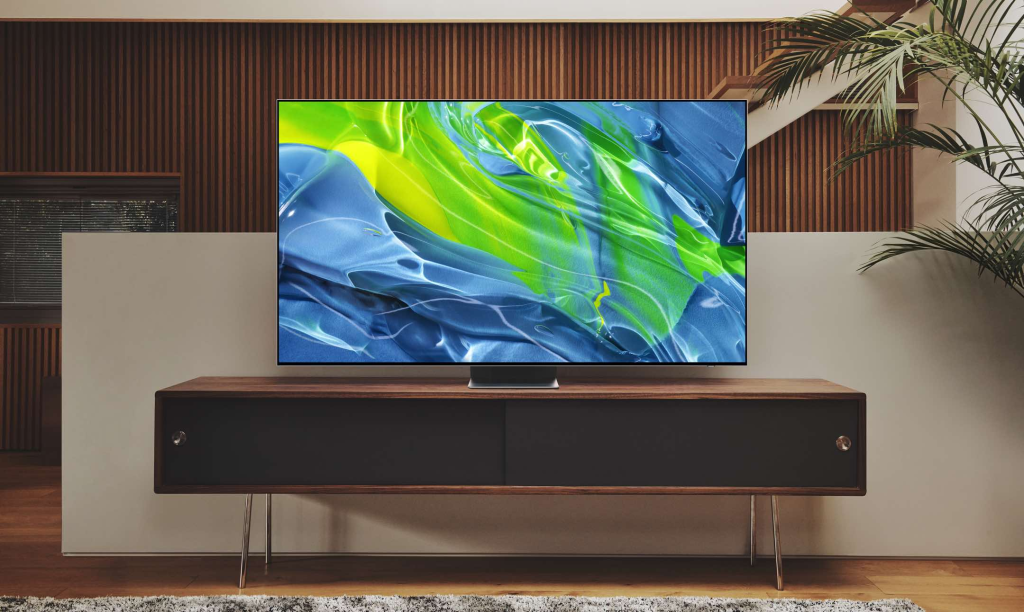
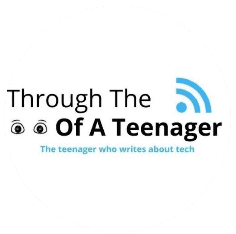
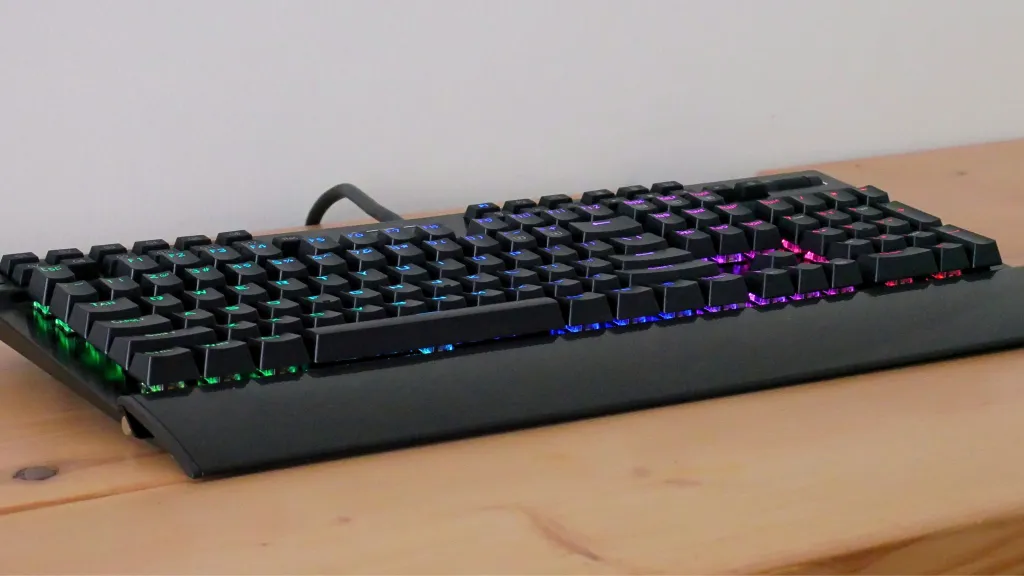
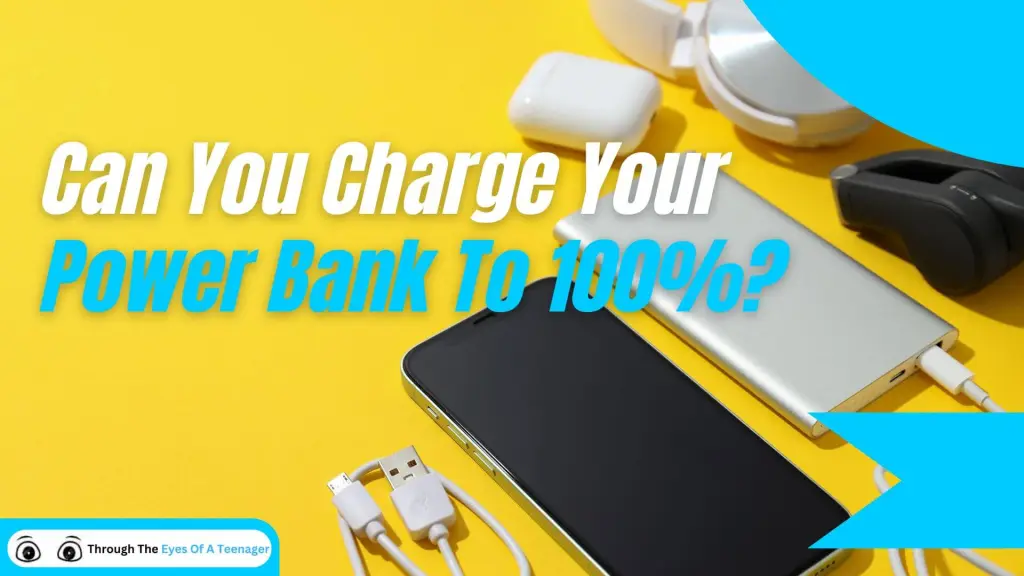

Redragon YAMA K550 Review: Feature-Packed & Affordable
Looking for a premium full-size keyboard under $100? The Redragon YAMA K550 delivers RGB, macros, and serious value.
How Charging Your Power Bank to 100% Can Damage It
Learn why you shouldn’t charge your power bank to 100% and tips on extending your power banks lifespan.
Power Bank Lifespan: How Many Charges Will You Get?
Learn how to make your power bank last 3-5 years with expert tips on usage, storage, and maintenance. Discover the secrets to longer battery life!
Portable Charger Technologies: A Complete Guide to Fast Charging in 2024
Discover the latest portable charger technologies, from USB-PD to GaN charging. Learn which fast-charging standard is best for your devices and how to choose the right power bank.
Can Portable Chargers Overheat? Understanding the Risks and Safety Measures in 2024
Discover the potential risks of portable charger overheating, learn why it happens, and get crucial safety tips to protect your devices and yourself in 2024.